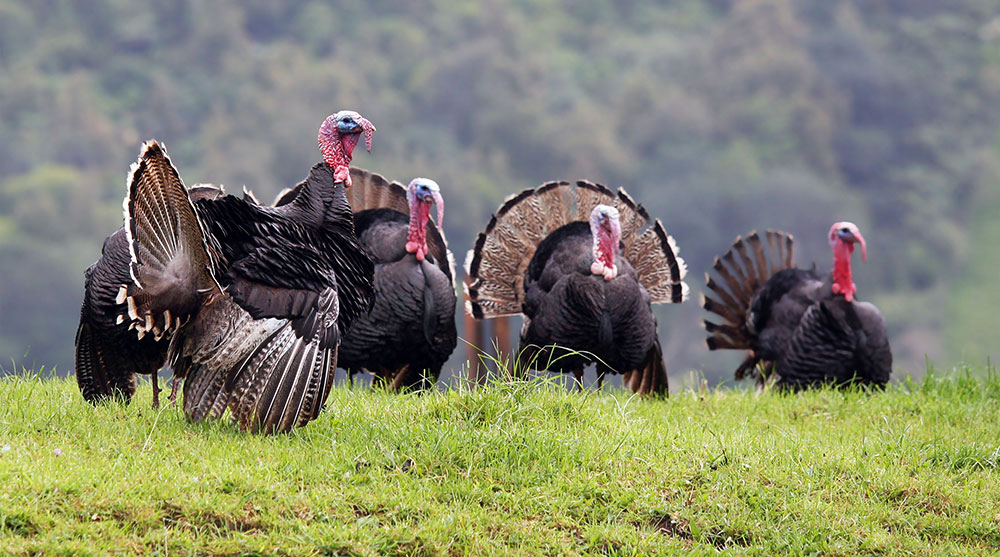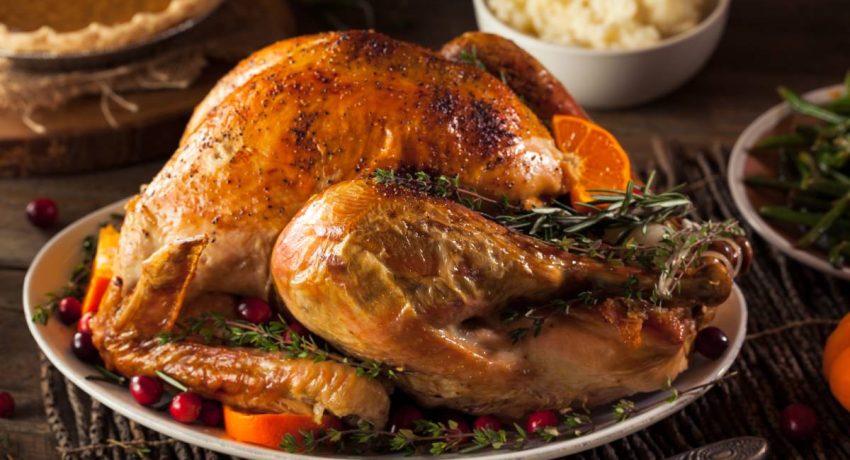Thanksgiving for most people in Canada and the United States would simply not be Thanksgiving without a turkey dinner, that is why this holiday has also become known as turkey day. In preparation for this holiday that is right around the corner, we thought we would share some interesting turkey facts.
However, most accounts of the first Thanksgiving celebrations (in the US at least) suggest that turkey and cranberry sauce was not the main dish on the menu; rather, rabbit, fish, chicken, beans, squash, goat cheese, and maple syrup would have made up the Thanksgiving banquet, which, incidentally is said to have lasted for three days!
Nonetheless, turkeys at Thanksgiving are here to stay, whether celebrated on the second Monday in October, as is the case in Canada, or the fourth weekend in November in the US. So, here are some top facts about turkeys that you had no idea you never knew!
- Around 46 million turkeys are consumed in America on Thanksgiving Day.
- The average weight of a turkey bought for Thanksgiving is 15 pounds.
- A turkey egg is 50% bigger than an egg from a chicken.
- A turkey can run up to 25 mph and can hit 55 mph during flight.
- Commercially raised turkeys are unable to fly.
- The tradition of breaking the wishbone or “furcula”, dates back to the the Etruscans, an ancient Italian civilization. They they thought the birds had divine powers and and they made wishes upon the furcula. The ancient Romans later adopted this custom.
- The record for the heaviest turkey to date is 86 pounds, around the size of a big dog.
- On average, a 15 pound turkey will yield 70% light meat and 30% dark meat.
- Turkey has more protein than beef or chicken.
- Upon maturity, a turkey will have an average of 3,500 feathers.
- Male and female turkeys sound different. A male turkey makes a gobble sound, while a hen clucks.
- The turkey gobble sound can be heard from over a mile away by the human ear.
- Turkeys cannot see very well at night or in the dark.
- It takes around 75 pounds of feed to rear a 30 pound turkey.
- A 16 week old turkey is called a “fryer”, a “roaster” will be between 5 and 7 months old, a yearling is one year old, and a 15 month turkey or older is called mature.
Thanks to the following websites for their turkey facts:
http://about.com/od/holidays/a/thanksgiving.htm
http://www.whsv.com/seasonal/misc/33852054.htmlp://americanhisto














